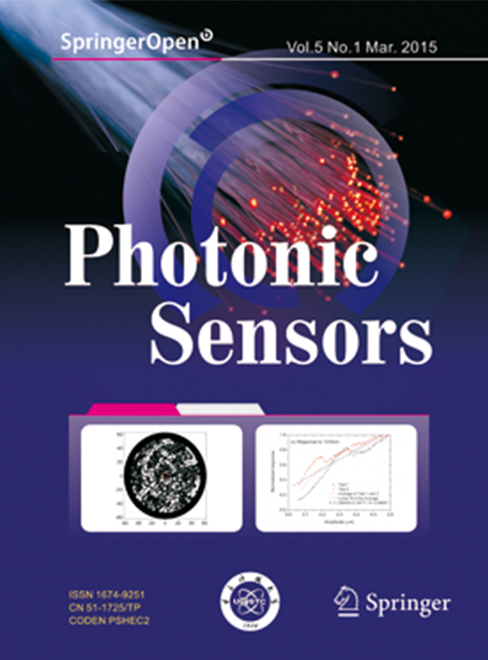 View fulltext
View fulltext
In this work the authors first summarily describe the main topics that were the subject of their post-graduate activity in fiber sensing at the Applied Optics Group of University of Kent in the late 1980s and early 1990s. After their return to Porto, Portugal, the know-how acquired during their stay at Kent and the collaboration paths that followed between the University of Porto and University of Kent were instrumental in the start-up and progress of optical fiber sensing activity in Portugal. The main topics addressed in this field, the description of some of the relevant developments achieved in recent years, the present situation and the guidelines for the future research and development activity in Portugal in fiber sensing will be the core of this work.
A new class of all-fiber beam shaping devices has been realized by inverse etching the end face of single mode and multimode fibers to form a concave cone tip. Concave tip fiber can convert a Gaussian beam profile to a flat top beam profile with a uniform intensity distribution. A flat top beam with intensity variation of approx. 5% and flat top diameter to spot diameter ratio of 67% has been achieved. This device can also change the beam shape from a Gaussian to a donut by moving the observation plane. A flat top multimode fiber beam delivery is attractive for applications which require high power and uniform intensity distribution. In single mode fiber, concave tips could be used to reduce the beam spot size diameter, enabling efficient light coupling from a single mode fiber to an integrated optical waveguide.
The distributed sensor is proven to be a powerful tool for civil structural and material process monitoring. Brillouin scattering in fiber can be used as point sensors or distributed sensors for measurement of temperature, strain, birefringence and vibration over centimeters (Brillouin grating length) for point sensor or the pulse length for the distributed sensor. Simultaneous strain and temperature measurement with a spatial resolution of 20 cm is demonstrated in a Panda fiber using Brillouin grating technique with the temperature accuracy and strain accuracy of 0.4 ℃ and 9 με. This technique can also be used for distributed birefringence measurement. For Brillouin optical time domain analysis (BOTDA), we have developed a new technique to measure differential Brillouin gain instead of Brillouin gain itself. This technique allows high precision temperature and strain measurement over long sensing length with sub-meter spatial resolution: 50-cm spatial resolution for 50-km length, using return-to-zero coded optical pulses of BOTDA with the temperature resolution of 0.7 ℃, which is equivalent to strain accuracy of 12 με. For over 50-km sensing length, we proposed and demonstrated frequency-division-multiplexing (FDM) and time-division-multiplexing (TDM) based BOTDA technique for 75-km and 100-km sensing length without inline amplification within the sensing length. The spatial resolution of 2 m (100 km) and Brillouin frequency shift accuracy of 1.5 MHz have been obtained for TDM based BOTDA and 1-m resolution (75 km) with Brillouin frequency shift accuracy of 1 MHz using FDM based BOTDA. The civil structural health monitoring with BOTDA technique has been demonstrated.
In this paper I describe research activities in the field of optical fiber sensing undertaken by me after leaving the Applied Optics Group at the University of Kent. The main topics covered are long period gratings, neural network based signal processing, plasmonic sensors, and polymer fiber gratings. I also give a summary of my two periods of research at the University of Kent, covering 1985-1988 and 1991-2001.
This paper summarizes research activities at University of Kent over the period from September 1981 through November 1984. Subsequent researches undertaken in the US Naval Research Laboratory and two start-up companies are also described.
A review is presented of several technical solutions developed by the Applied Optics Group (AOG) in the field of low coherence interferometry applied to optical fiber sensors (OFS) that subsequently allowed AOG to quickly progress in the field of optical coherence tomography (OCT).









